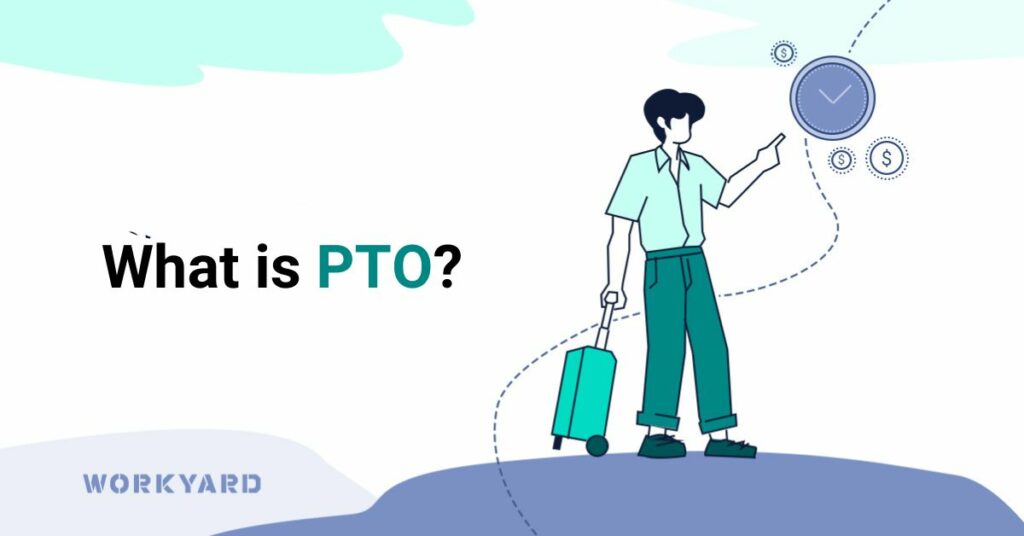Paid Time Off, commonly known as PTO, is a valuable employment benefit that enhances work-life balance and employee satisfaction. It encompasses a bank of hours that employees can take off from work while still receiving their regular pay.
Unlike traditional vacation policies, PTO combines various types of leave, including vacation days, personal days, and sometimes even sick leave into a single, flexible package.
Types of PTO
- Vacation Days: Typically pre-scheduled time off for leisure, travel, or personal activities.
- Personal Days: Unplanned or unscheduled time off for personal reasons, providing flexibility for unexpected situations.
- Sick Leave: Time off due to illness or medical reasons, contributing to employee well-being and preventing the spread of illnesses in the workplace.
PTO policies vary among employers, and accrual rates determine how employees accumulate PTO over time. Some companies offer PTO as a lump sum at the beginning of the year, while others use an accrual system based on hours worked or years of service.
One of the key advantages of PTO is its flexibility. Employees can use PTO for a variety of reasons, from planned vacations to unexpected personal or family needs. This flexibility fosters a positive work culture that recognizes and respects the diverse needs of employees.
Employers play a crucial role in maintaining a balance between ensuring adequate staffing levels and allowing employees the freedom to use their PTO. Encouraging a healthy work-life balance contributes to increased job satisfaction and overall productivity.
In conclusion, PTO is a valuable tool that contributes to employee well-being, job satisfaction, and a positive workplace culture. Employers and employees alike should be well-versed in PTO policies, fostering a collaborative approach to balancing work commitments and personal needs.

